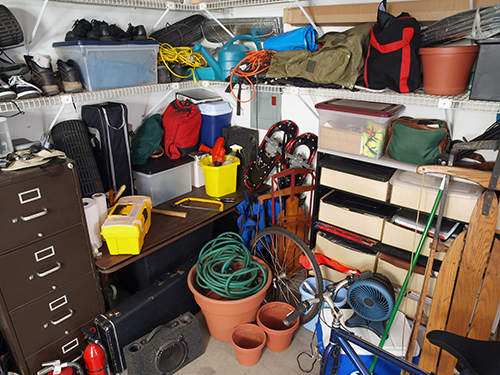 I recently read an article titled: “Smartwatches: Wear Did It All Go Wrong” which laments the fact that these devices have not been adopted into the mainstream and offers some explanation as to why. The article boils it down to the fact that while the technology is available, the social or personal need for it does not exist yet. In other words, there is still a very thin market for them. In architecture, there is an adage that “form follows function” meaning the shape of an object or a building should follow its intended function. In the case of smart watches, it appears that we developed the form and the technology before fully understanding the need or the function. In other words, the “what” was developed before the “why.
I recently read an article titled: “Smartwatches: Wear Did It All Go Wrong” which laments the fact that these devices have not been adopted into the mainstream and offers some explanation as to why. The article boils it down to the fact that while the technology is available, the social or personal need for it does not exist yet. In other words, there is still a very thin market for them. In architecture, there is an adage that “form follows function” meaning the shape of an object or a building should follow its intended function. In the case of smart watches, it appears that we developed the form and the technology before fully understanding the need or the function. In other words, the “what” was developed before the “why.
Transplanting New Technology Into Old Forms
As humans, we have a habit of trying to superimpose new ideas and new technologies onto old forms. I think that if the form is familiar and widely accepted, then it’s easier to sell the old form with new functions. Think of the evolution, or lack thereof, of the computer keyboard. The keyboard we use today on our smartphone stems from the 1873 manual typewriter. There has been no significant change in style in 141 years! In the case of a smart watch, it is a combination of a smart phone and a wristwatch. The smart phone has its origins in the 1876 telephone invented by Alexander Graham Bell. A person talks in one end and listens from the other. It became mobile and then other functions were added to simulate a personal digital assistant and then finally a full computer.
The wristwatch comes from the spring driven pocket watch of the sixteenth century; in the twentieth century, it became electronic with the advent of quartz crystals. Along the way, there were more functions added, such as timers and alarms and even an attempt to add a calculator, which had mixed results. The wristwatch also was made to simulate a personal digital assistant and now is attempting to become an extension or a replacement of the smartphone.
The Future
I believe that the smartwatch is the wrong answer to the right question. The question is: what will make our life better? It is time to stop extending the old forms to fit our modern lifestyle and needs. It is time to reinvent the form to fit our way of doing things. The technology is available now. It is time to think differently.
Thoughts
This blog post is a challenge to all to think of different ways to reinvent our outdated forms. We can do better than a nineteenth century keyboard. We can stop using sixteenth century metaphors such as wristwatches. Dick Tracy got his two-way wrist radio almost seventy years ago. Surely we can do better in 2014. Do you have an idea for a better form? Share it with me and together we can make the world a more elegant place.
Kelly Brown is an IT professional, adjunct faculty for the University of Oregon, and academic director of the UO Applied Information Management Master’s Degree Program. He writes about IT and business topics that keep him up at nigh.





